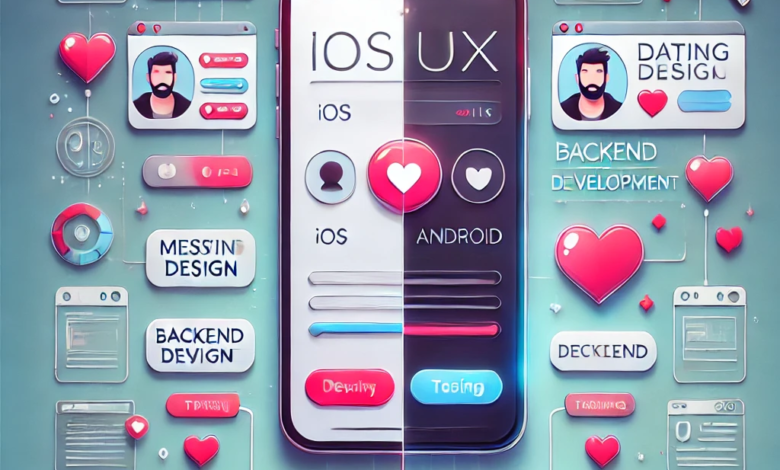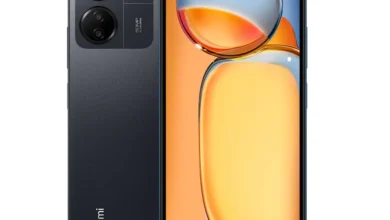
Creating a dating app like Tinder for iOS and Android calls both strategic planning and a methodical development approach as well as constant testing to guarantee a flawless user experience. Many companies are eager to fund their own platforms to profit from the fast expanding dating app sector. But how long it takes to create such an app, and what elements affect this schedule?
The main stages of dating app development will be discussed in this article together with how the choice of features, platform, and technological stack might affect the development time for a Tinder clone app.
Key Factors Affecting Dating App Development Time
Developing a dating software like Tinder would take time depending on several things that are quite important. Let’s separate the main components influencing the chronology:
1. Scope of Features
The degree of features you wish to include in a dating app will greatly affect the development duration. A basic Tinder clone app might only require a few core functions such as user registration, profile creation, matching algorithms, and chat functionality. The development time will significantly rise, though, if you choose to incorporate more sophisticated capabilities as geolocation, artificial intelligence-based matching, video calls, and real-time notifications.
Creating and testing these functionalities calls extra work and careful integration to guarantee a seamless user experience on both iOS and Android platforms.
2. Platform Selection: iOS, Android, or Both?
The platform on which the dating app will run is another important determinant of the development timeline of such apps. Creating a dating app for iOS and Android concurrently can take a lot of time since each platform requires separate development languages and testing procedures.
- iOS App Development: iOS-built apps must follow Apple’s rigorous standards and employ Objective-C or Swift as programming languages.
- Android App Development: Conversely, Android apps need compatibility across many devices and screen sizes, which might complicate development somewhat and demand more effort. Android typically runs Java and Kotlin.
Should you choose to create the app for both platforms concurrently, the time to finish a Tinder clone app will probably be more than if you were creating it for one platform first.
3. UI/UX Design Complexity
Any app’s design stage is vital since it shapes user interaction with the UI. For a dating app like Tinder, which mostly depends on swipes and visual components, the user experience must be flawless, simple, and attractive. Usually, the design process comprises:
- Wireframing
- Prototyping
- Creating user flows
- Implementing visual design elements
More intricate UI/UX designs will inevitably call for more time to create. The success of a dating app development project depends mostly on custom animations, interactive elements, and smooth screen transitions; so, getting these elements properly will help to prolong the development horizon.
4. Backend Infrastructure Development
A dating app must have a strong backend since it controls data, user profiles, matches, messaging, and notifications. The backend development process comprises:
- Setting up servers
- Implementing databases (for storing user data)
- Creating APIs to connect the frontend and backend
The foundation of the app is the backend, so much time will be spent making sure it runs effectively—especially in view of large traffic. Depending on the complexity of the backend infrastructure, this step can take anything from several weeks to a few months.
5. Matching Algorithm Complexity
The matching algorithm is a critical component of a Tinder clone app, and its complexity can have a major impact on the overall development time. A basic matching algorithm that pairs users based on proximity and shared interests is relatively straightforward to implement.
However, if your app requires more advanced algorithms that use AI, machine learning, or behavioral analytics to suggest potential matches, then this will add significant time to the development process. Advanced matching algorithms require data collection, analysis, and constant fine-tuning to deliver personalized results for users.
6. Security Features
Any app development project has security as a major issue, but for dating apps where private user data is involved especially. Combining privacy settings, data encryption, and safe login techniques might extend the development period.
A Tinder clone software needs to have tools like these to guard against hacking and guarantee user data’s security:
- Two-factor authentication
- Secure payment gateways (if you offer premium services)
- Data encryption
Implementing these features carefully is crucial, and they can take time to fully develop and test.
Development Stages and Time Breakdown
After we have discussed the elements influencing the development schedule, let’s dissect the usually required time to create a dating software like Tinder:
1. Research and Planning (2–4 weeks)
Before development can commence, a clear plan is necessary. This covers market research, user persona identification, feature planning for the app. Choosing the platform(s), tech stack, and design method also falls under this stage. The complexity of the project will determine how long this stage takes—two to four weeks.
2. UI/UX Design (4–6 weeks)
Prototypies, mock-ups, and wireframes comprise the design phase. Should your dating app include special graphic elements or unique interactions, the design process should take four to six weeks. While simple designs will save time, a feature-rich Tinder clone software might call for more design work.
3. Frontend and Backend Development (12–16 weeks)
Developer work on the frontend and backend starts once the design is approved. About three to four months of work go into this most time-consuming phase of the dating app development process. Features such geolocation, matching algorithms, and user messages have complexity that will affect the time required.
4. Quality Assurance and Testing (4–6 weeks)
Complete testing is crucial to find flaws and guarantee that everything operates as it should once the software has been completed. Testing encompasses:
- Functional testing (ensuring all features work correctly)
- Usability testing (ensuring the app is user-friendly)
- Performance testing (ensuring the app runs efficiently)
Depending on the complexity of the program and the count of features included, testing a Tinder clone software for iOS and Android platforms can take four to six weeks.
5. Deployment and Launch (1–2 weeks)
Launching the app on the App Store (iOS) and Google Play Store (Android) comes last following testing. Submitting the app, having it authorized by the platform, and then making it accessible for download constitute this procedure. The platform will determine how long this takes—one to two weeks.
How to Speed Up the Development Process
Although a Tinder clone app’s development schedule could run several months to half a year or longer, there are strategies to speed things along:
1. Use Pre-Built Solutions
Pre-built modules or templates will help to greatly expedite the development process. Many dating app development firms provide pre-built solutions with necessary tools including user registration, profile management, and matching algorithms. This might help you concentrate on adding unique features and cut development time.
2. Cross-Platform Development
Pre-built modules or templates will help to greatly expedite the development process. Many dating app development firms provide pre-built solutions with necessary tools including user registration, profile management, and matching algorithms. This might help you concentrate on adding unique features and cut development time.
Conclusion
Depending on the degree of functionality and the platforms selected, creating a dating app like Tinder for iOS and Android might take anywhere from four to eight months. Using pre-built solutions and cross-platform frameworks and properly designing your development plan can help you to expedite the process and bring your Tinder clone app to market.
Working with a seasoned development team can help you make sure your project stays on target and satisfies your launch objectives should you be thinking about investing in dating app development.





